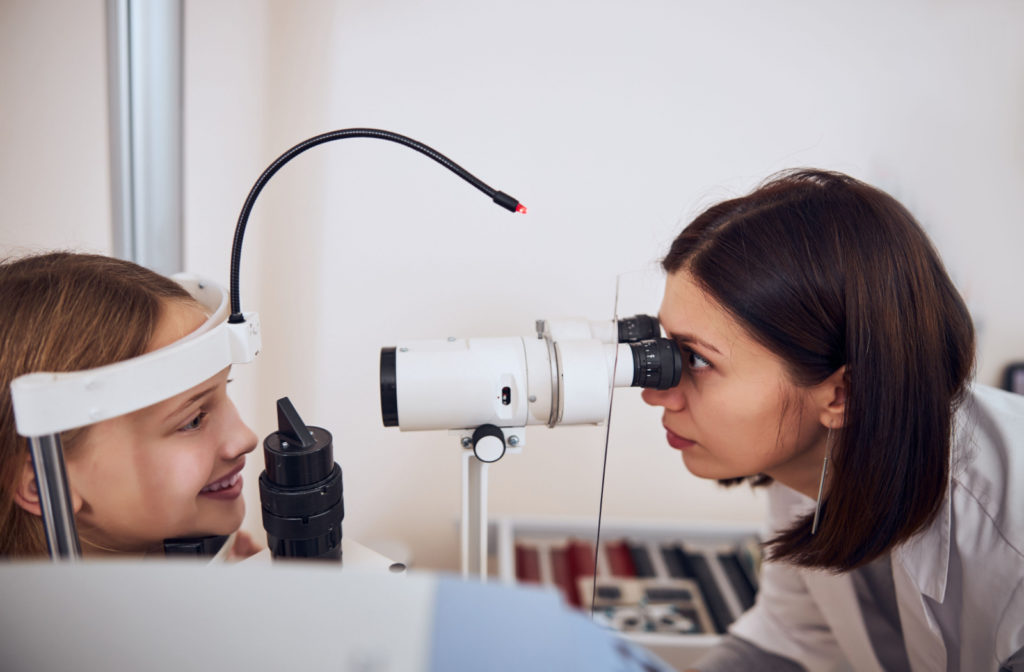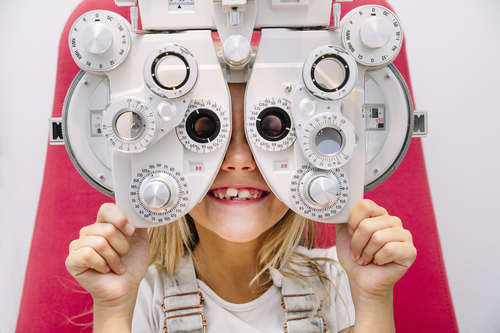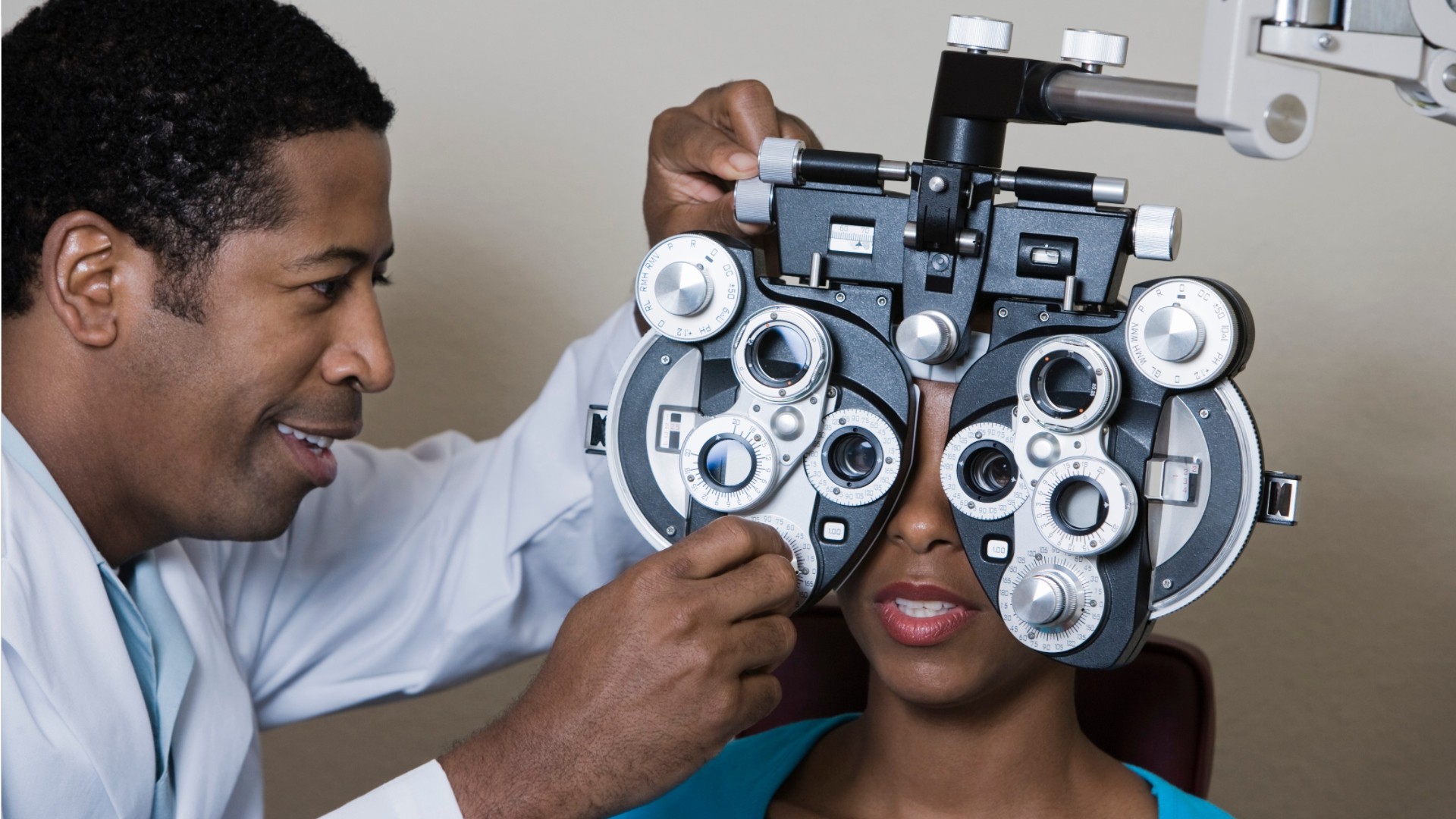Comprehending the Duty of Your Eye Doctor in Keeping Vision
Comprehending the Duty of Your Eye Doctor in Keeping Vision
Blog Article
Checking Out the most recent Technological Advancements in Optometry and What They Mean for Optometrists
In the ever-evolving area of optometry, recent technical innovations are improving exactly how professionals approach eye care. From the accuracy of Optical Coherence Tomography to the nuanced understandings used by AI-driven analysis devices, these developments are setting new requirements in individual evaluation and therapy. Teleoptometry is poised to redefine ease of access, making certain that competence goes beyond geographical restrictions. As these advancements penetrate the practice, eye doctors are confronted with the challenge of welcoming these tools to improve person end results. Yet, the concern remains: just how will these technical changes redefine the duties and duties within the career?
Innovations in Diagnostic Tools
Advancing the area of optometry, innovations in analysis tools have actually changed the method eye care specialists analyze and identify ocular problems and visual disabilities. The past decade has actually experienced substantial technological developments, allowing more comprehensive and accurate analyses. Optical Coherence Tomography (OCT), as an example, supplies high-resolution cross-sectional pictures of the retina, enabling for the early detection of conditions such as glaucoma and age-related macular degeneration. This non-invasive imaging technique has ended up being indispensable in modern optometric method.
An additional trick technology is the introduction of sophisticated corneal topography systems, which map the surface curvature of the cornea with precision. These devices are especially advantageous for suitable call lenses and identifying corneal conditions. Additionally, electronic retinal imaging has transformed traditional ophthalmoscopy, providing thorough, scenic views of the retina that help with detailed aesthetic evaluations.
The advancement of wavefront aberrometry has also been vital, allowing the analysis of refractive errors with unmatched precision (Opticore Optometry). This technology aids in tailoring rehabilitative lenses and improving medical outcomes for refractive surgical treatments. Collectively, these analysis innovations encourage eye doctors to supply superior person care, guaranteeing early treatment and customized therapy strategies, eventually boosting aesthetic health outcomes
AI in Individual Monitoring
Building on the structure of innovative analysis devices, the consolidation of synthetic knowledge (AI) in individual monitoring stands for a transformative leap for optometry. AI systems are significantly used to enhance performance, accuracy, and personalization in client care.
In addition, AI-driven platforms facilitate structured patient interactions and management processes. Automated scheduling, digital assessments, and individualized follow-up strategies not just enhance individual satisfaction yet likewise optimize time monitoring for experts. These systems can triage patients based upon the urgency of their conditions, ensuring that those in crucial demand obtain punctual attention.
Furthermore, AI improves decision-making by giving optometrists with evidence-based referrals and treatment paths. By integrating information from digital wellness documents, AI devices provide insights that educate clinical decisions, decreasing the danger of errors and boosting person results. As AI remains to develop, its duty in client administration will likely expand, reshaping the landscape of optometric care.
Advances in Retinal Imaging
In the world of optometry, retinal imaging has experienced amazing technological innovations that are enhancing diagnostic capacities and patient care. Advancements such as Optical Coherence Tomography (OCT) and fundus photography have revolutionized exactly how eye doctors analyze the retina and envision.
Improved imaging modalities like OCT angiography are further refining diagnostic accuracy. Optometrist Chino. Such advancements promote the identification of min retinal changes that could symbolize condition site here development.
Additionally, developments in synthetic knowledge are enhancing retinal imaging by making it possible for computerized analysis of big datasets. These systems help eye doctors in identifying patterns indicative of pathology, thereby enhancing diagnostic accuracy and effectiveness. Collectively, these advancements are changing retinal imaging into a keystone of modern-day eye care, improving end results and broadening healing opportunities.
Teleoptometry's Growing Function
Teleoptometry is increasingly coming to be an important part of eye care, driven by improvements in digital interaction and analysis tools. As optometry accepts electronic transformation, teleoptometry promotes remote examinations, permitting optometrists to prolong their services beyond traditional limits. This is particularly advantageous in underserved and country locations where access to specialized eye care is often restricted. By leveraging high-resolution video conferencing and progressed retinal imaging, eye doctors can perform detailed eye examinations from afar, making certain prompt diagnosis and treatment.
The combination of expert system (AI) additional improves teleoptometry, allowing the analysis of visual data and assisting in the discovery of ocular conditions such as glaucoma and diabetic person retinopathy. AI-powered formulas can quickly analyze intricate imaging information, providing optometrists with important understandings that reinforce professional decision-making.
Moreover, teleoptometry sustains continuity of care with seamless integration with electronic health documents (EHRs), enabling eye doctors to maintain thorough person histories. When consulting with various professionals., this guarantees that people receive regular and personalized care also.
Regardless of these advantages, obstacles stay, consisting of guaranteeing data safety and handling patient expectations. Teleoptometry stands for a significant stride in the direction of more accessible, reliable, and patient-centered eye treatment. As innovation advances, try here its duty is positioned to broaden even more.

Future Fads in Eye Care
A myriad of ingenious patterns is set to improve the future of eye care, driven by technological innovations and the developing needs of individuals. One significant pattern is the combination of synthetic intelligence (AI) in diagnostics, which guarantees to boost the accuracy and performance of eye evaluations. AI formulas can evaluate huge amounts of information from retinal pictures, potentially identifying conditions like diabetic retinopathy and glaucoma earlier than standard approaches.
Moreover, personalized medication is obtaining traction in optometry, with genetic testing notifying personalized treatment strategies. This approach aims to maximize person outcomes by customizing interventions to specific genetic accounts. Wearable technology, such as wise call lenses, is likewise imminent, offering real-time surveillance of intraocular stress or glucose levels, hence providing continuous insights into ocular and systemic health.
The fostering of enhanced truth (AR) and virtual reality (VIRTUAL REALITY) in training and person education and learning is another arising pattern. These technologies provide immersive experiences that can improve understanding and abilities both for optometrists and patients. As these patterns develop, optometrists have to remain abreast of technological advancements to give cutting-edge care, making certain enhanced client results and contentment in the vibrant landscape of eye care.
Conclusion

Jointly, these analysis improvements encourage eye doctors to provide premium individual treatment, ensuring very early intervention and tailored therapy techniques, eventually improving visual health and wellness end results.

As these technologies proceed to evolve, optometrists have to adapt and incorporate them right into method, ultimately maximizing workflow effectiveness and boosting the requirement of eye treatment delivered to people.
Report this page